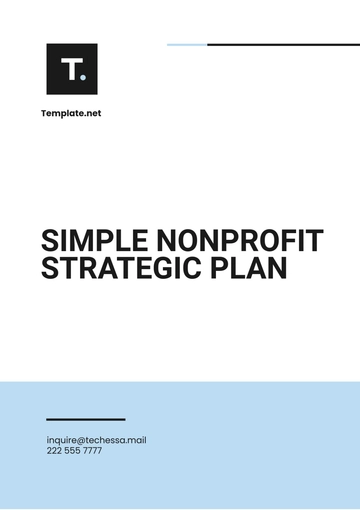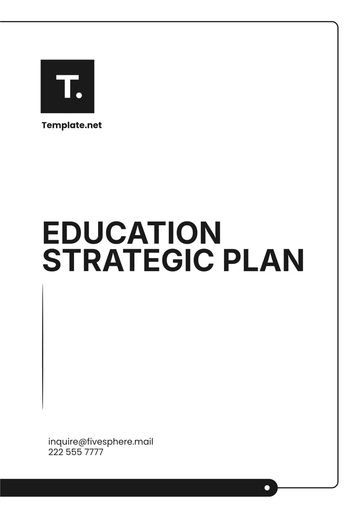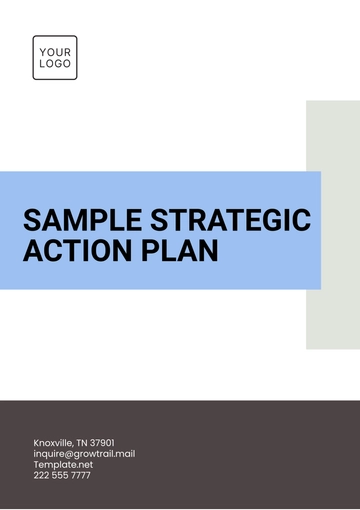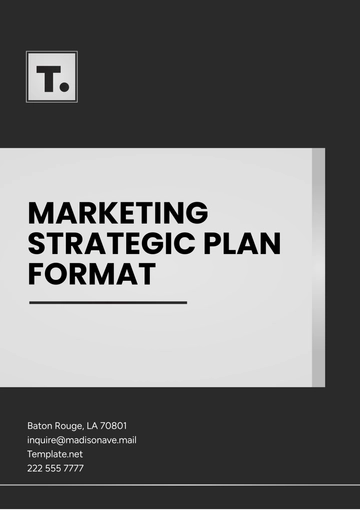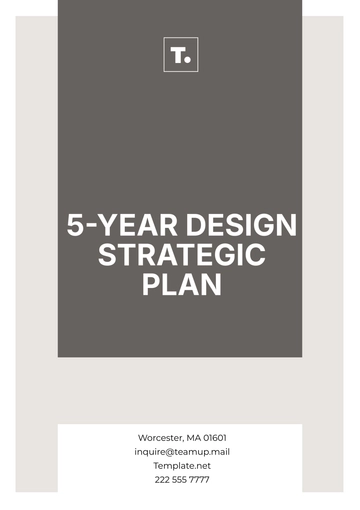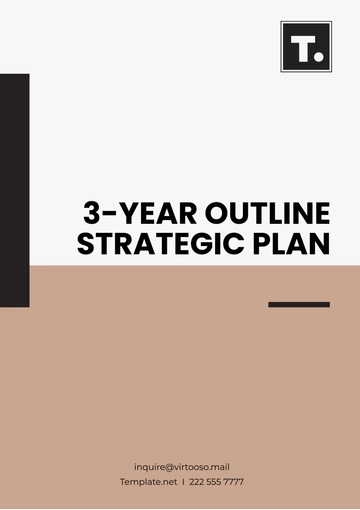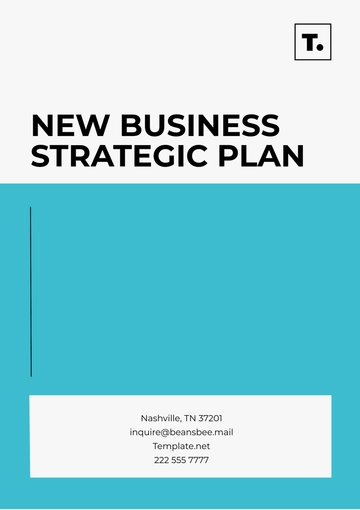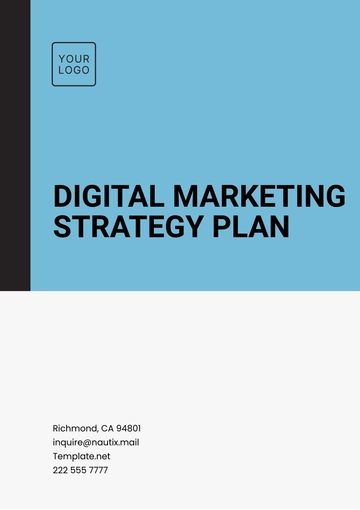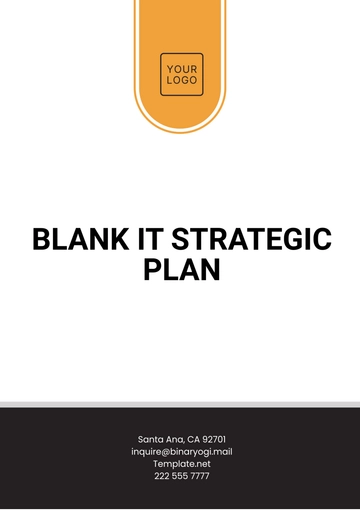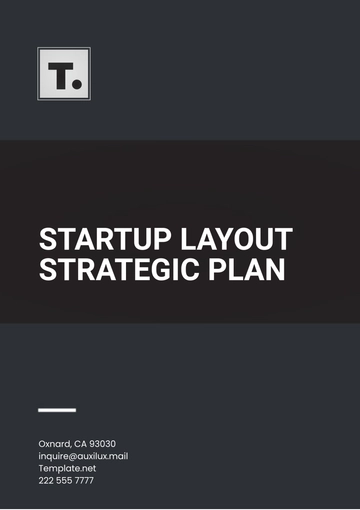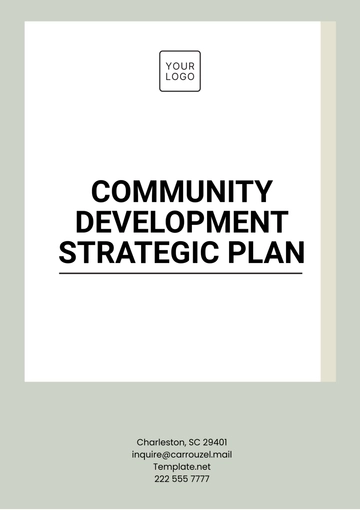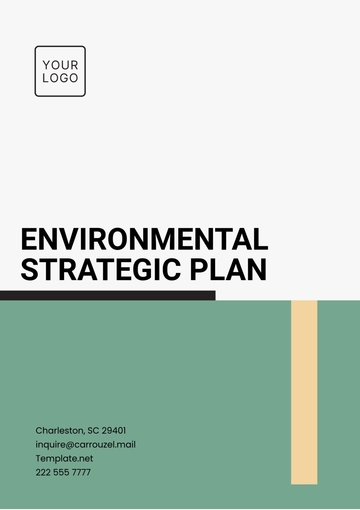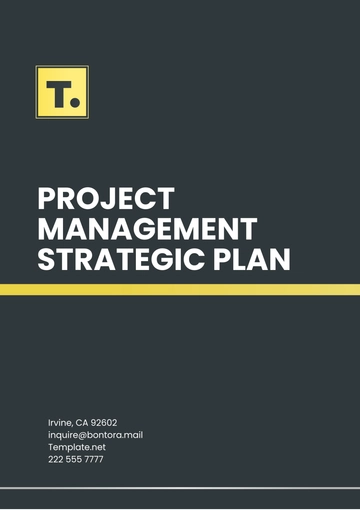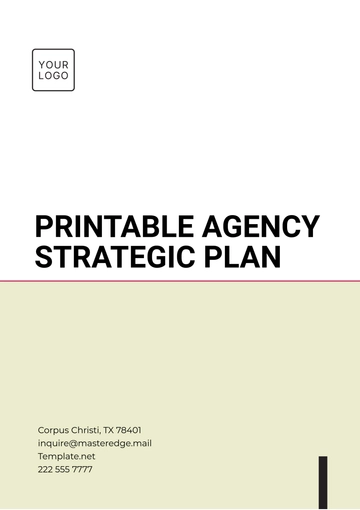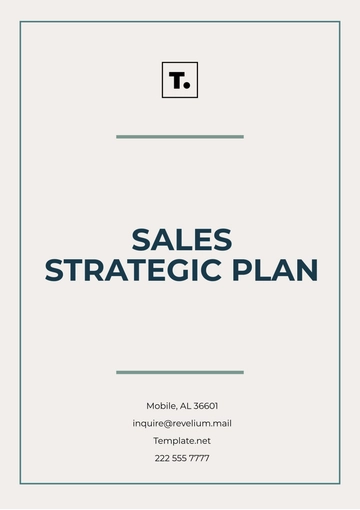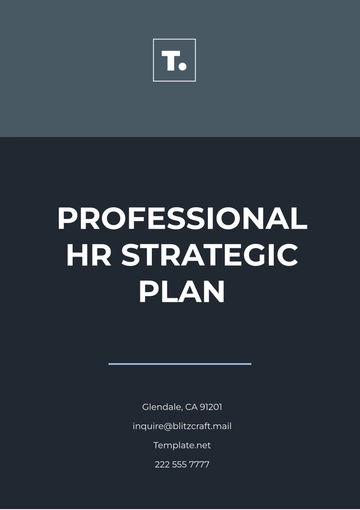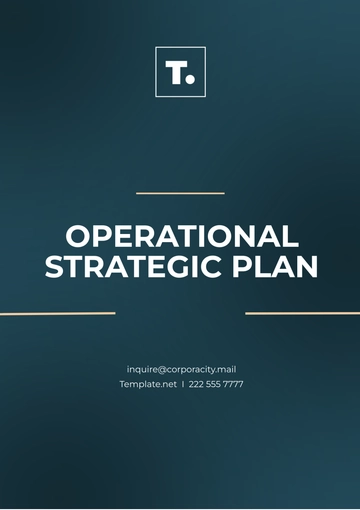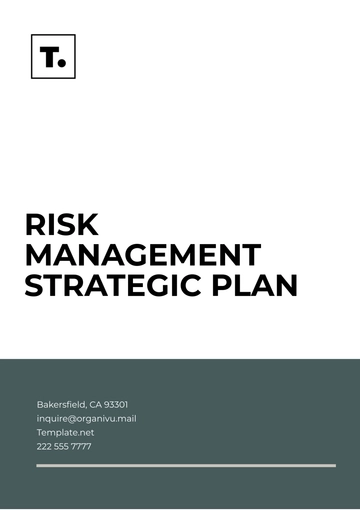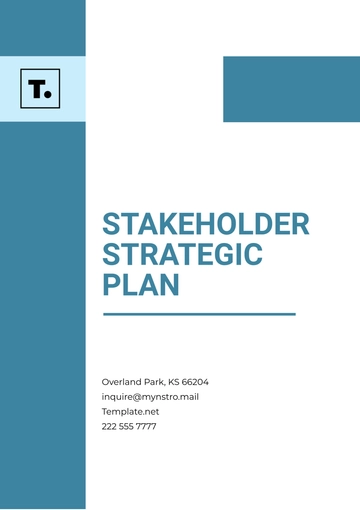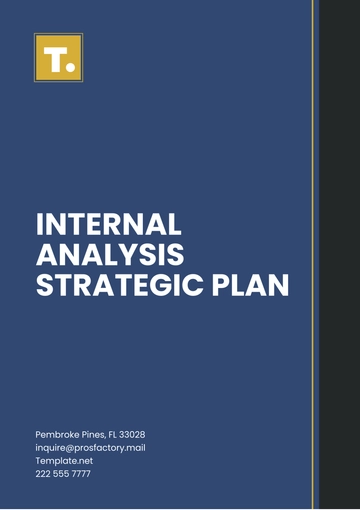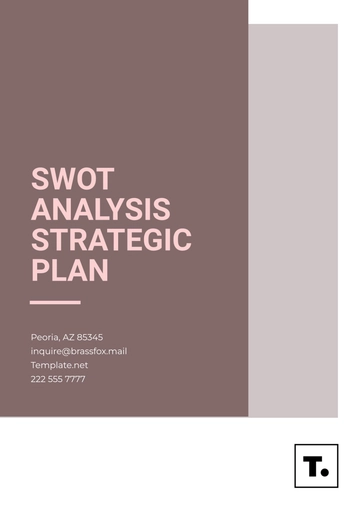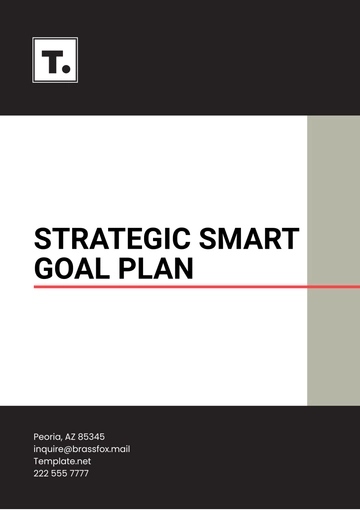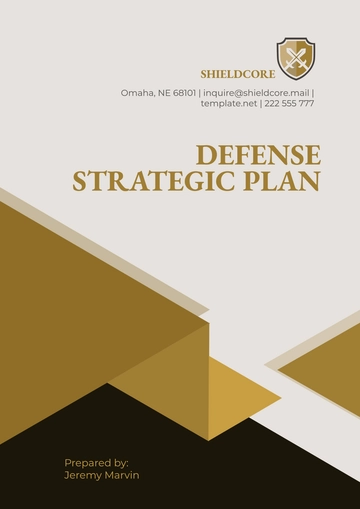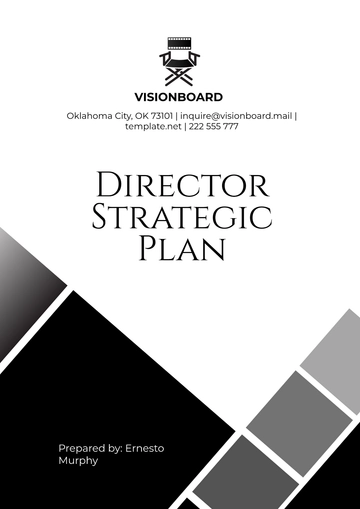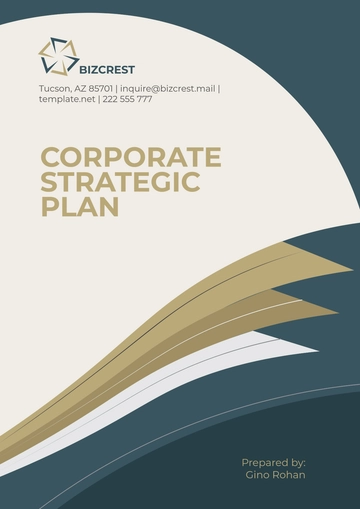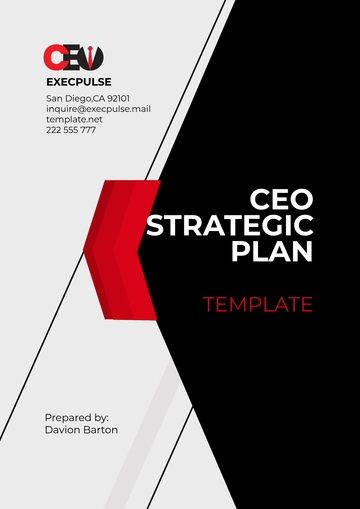Aesthetic Annual Strategic Plan
Prepared by: [YOUR NAME]
I. Executive Summary
Overview: Summarize the purpose of this strategic plan, emphasizing the importance of this year’s goals and initiatives.
Strategic Focus: Outline the key areas of focus for the year, such as growth, innovation, customer engagement, or operational efficiency.
Highlights: Briefly mention any major shifts, new opportunities, or challenges that shape this year’s direction.
II. Mission and Vision Statements
Mission Statement: Present a clear, concise statement of the company’s purpose, addressing the “why” behind its existence and values.
Vision Statement: Describe the long-term vision, capturing what the company aspires to achieve in the future. This could include becoming a market leader, expanding services, or creating a lasting impact.
III. Key Goals and Objectives
Goal 1: Define the first overarching goal (e.g., increase market share by 10%).
Objective 1.1: Break down the specific, measurable steps required to achieve this goal.
Objective 1.2: Additional actions supporting the main goal.
Goal 2: Define the second main goal (e.g., launch a new product line).
Goal 3: Outline a third primary goal, if applicable, with supporting objectives.
IV. Strategic Initiatives
Initiative 1: Describe the first major project or initiative that aligns with one of the key goals.
Description: Brief explanation of the initiative.
Stakeholders: Identify departments or individuals responsible.
Expected Outcome: State the intended impact on the company.
Initiative 2: Detail another significant project or strategic action.
Initiative 3: Outline any additional initiatives that will help reach the year’s goals.
V. Resource Allocation
Budget Overview: Provide a summary of the total budget allocated to each strategic initiative.
Human Resources: List the teams, departments, or roles needed for successful execution.
Technology and Tools: Mention any new software, hardware, or systems required.
Partnerships: Identify external partners or resources that will support the initiatives.
VI. Timeline
Q1: Outline key milestones, start dates, and deadlines for the first quarter.
Q2: Describe critical activities and expected achievements for the second quarter.
Q3: Continue with planned actions and anticipated outcomes for the third quarter.
Q4: Conclude with end-of-year objectives and wrap-up of all major initiatives.
Milestone Highlights: Include visual markers for significant dates and deliverables.
VII. Evaluation Metrics
Key Performance Indicators (KPIs): Define the primary metrics for measuring success. For example:
Financial Metrics: Revenue growth, profit margins, ROI.
Customer Metrics: Customer satisfaction scores, and retention rates.
Operational Metrics: Efficiency rates, cycle times.
Employee Metrics: Engagement levels, productivity.
Tracking Schedule: Set regular intervals for monitoring progress, such as monthly or quarterly reviews.
Review Process: Outline who is responsible for evaluating outcomes, making adjustments, and reporting to stakeholders.
Plan Templates @ Template.net


